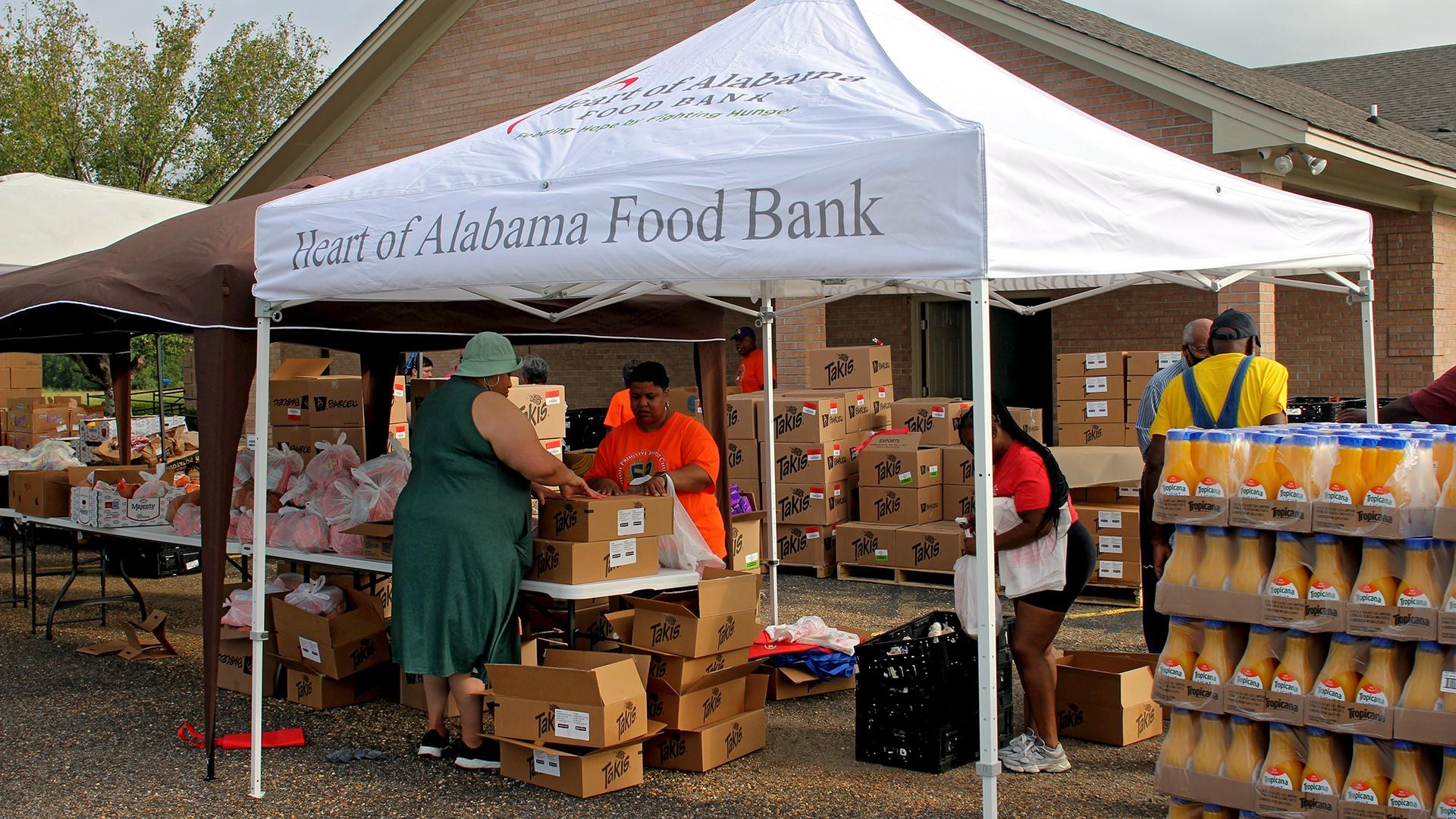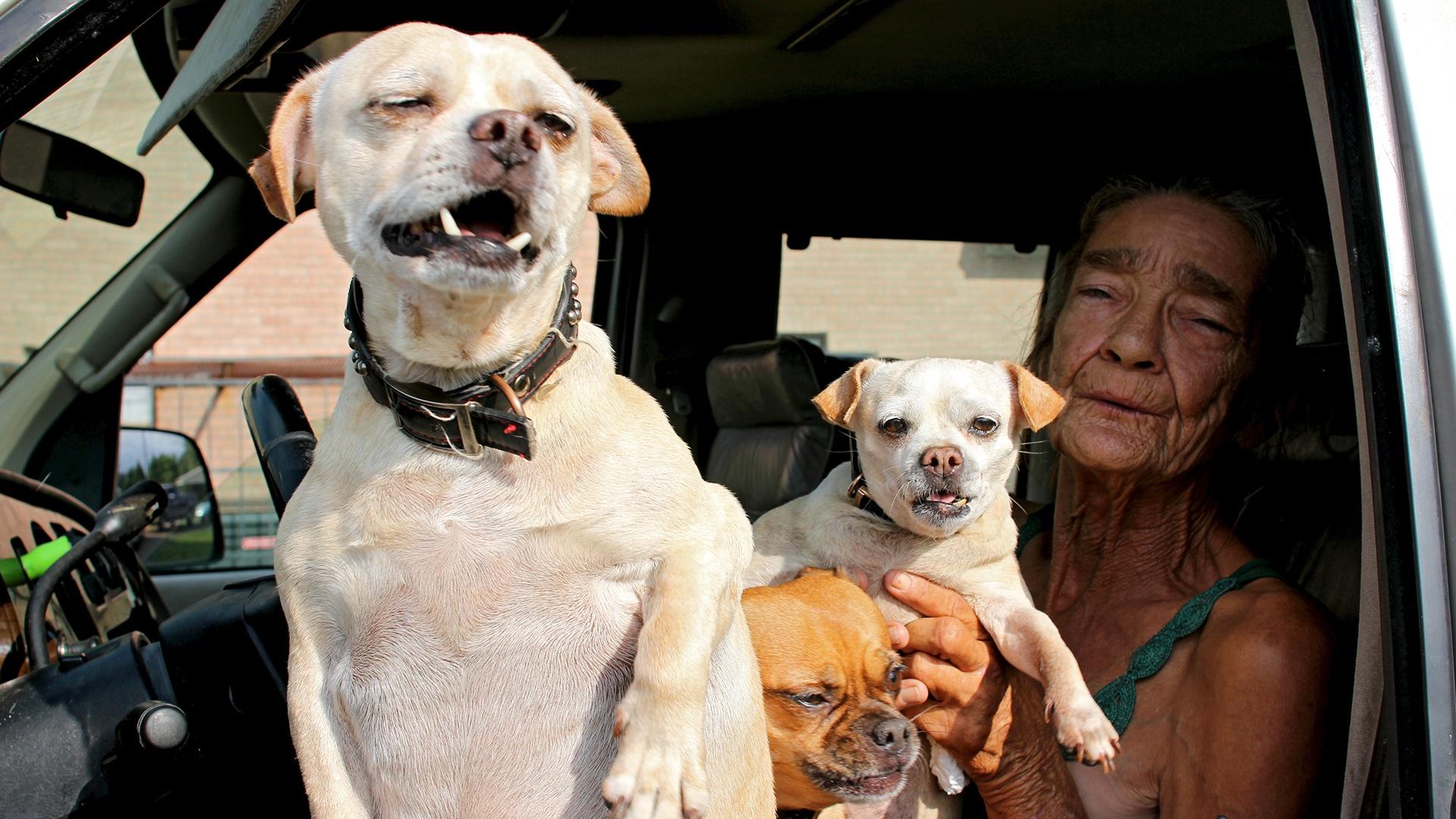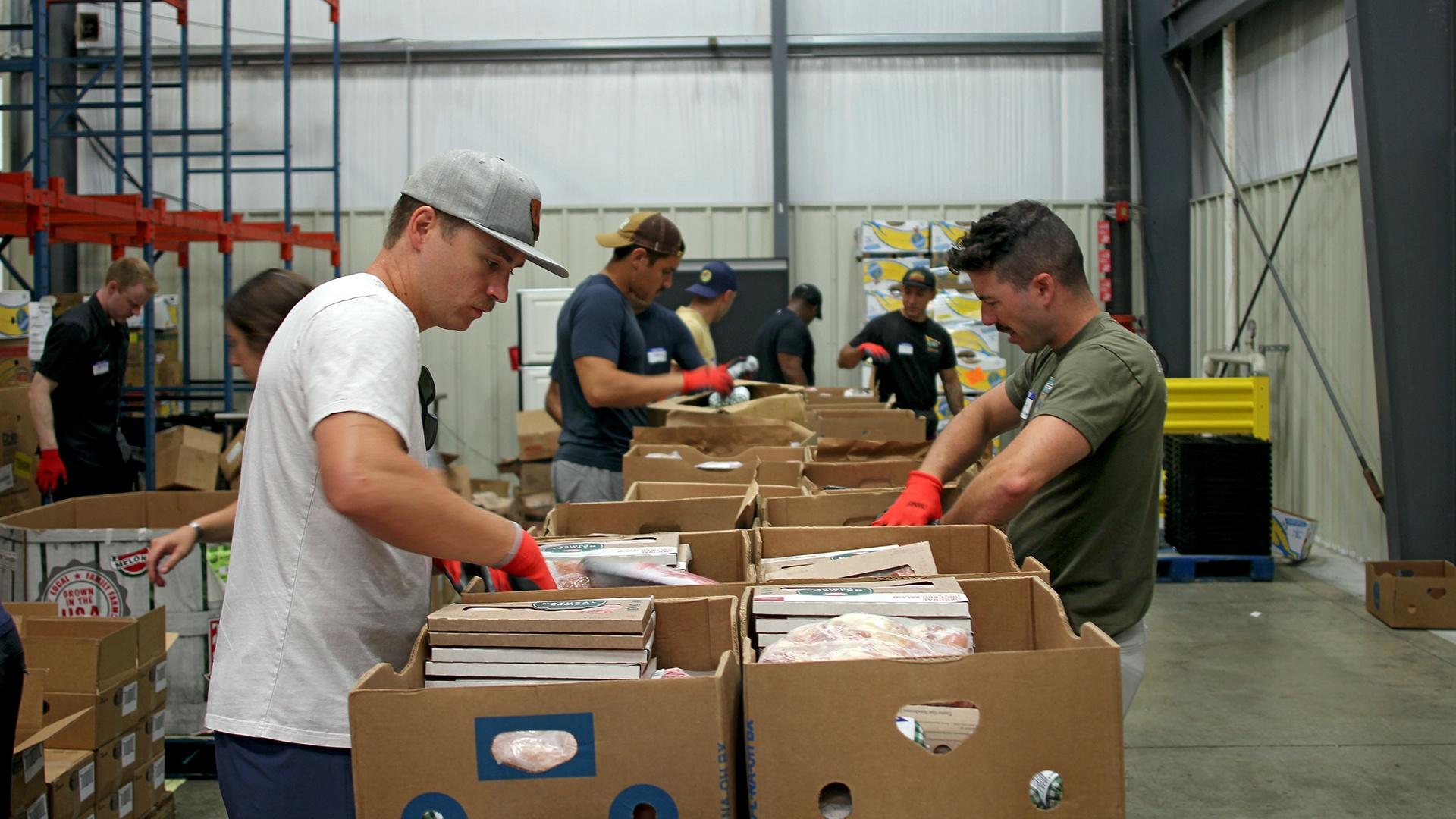Food insecurity affects nearly 1 in 5 adults, and 1 in 4 children in Alabama, according to the Alabama Department of Public Health. It’s a demand that can wear on some smaller pantries, especially as they seek more funding to survive. Dennis said local pantries have volunteers who are eager to help, but the food bank can buy more items at lower prices.
“At the end of the day, sometimes those dollars make the biggest difference,” she said. “[Partner pantries] tell us time and time again, ‘The reason we’re not serving more people is because we don’t have the money to purchase more food.”
But it’s not just a matter of getting the food to families. It’s getting families to where they can receive help. Carol Gundlach, a senior policy analyst with Alabama Arise, said having reliable transportation is key in steadily growing food deserts.
“There are very few grocery stores,” Gundlach said. “If you don’t have transportation, it’s very difficult to get to a grocery store, to get to Montgomery, to get to Opelika, to get to wherever there are big grocery stores or Walmarts.”
Issues of poverty often pile up, Gundlach said, and families can quickly find themselves deciding which living expense to prioritize. Recently, Pandemic SNAP benefits ended, meaning families lost extra supplemental funds for groceries, which sometimes put them in more difficult positions than before.
“There’s a whole food inflation going on at the same time that SNAP benefits have declined,” she said, which could lead to an increase of residents needing more resources — making it difficult for rural pantries to keep up.
“What demand there is, gets dumped more and more on the private nonprofit sector like the little food pantries that are run by churches,” she said. “It’s a valiant effort, but they cannot meet the need.”
Gundlach said federal funding could greatly improve poverty in South Alabama. With the November elections drawing close, residents in District 2 — where congressional lines were redrawn last year — have a big decision to make.
“I hope that District 2 makes a good decision when they vote because we really desperately need resources,” Gundlach said. “Not just here, but all across the Black Belt.”






